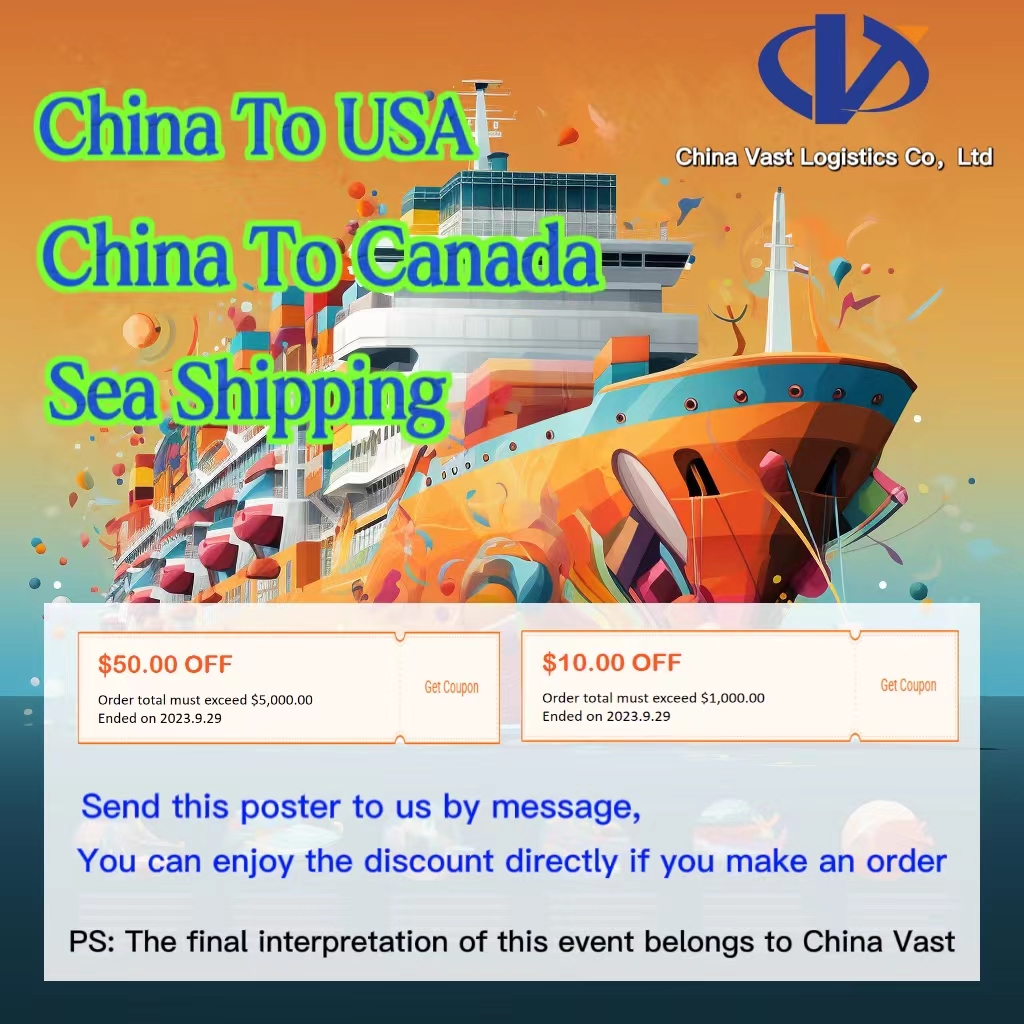Fully cellular container ships are specialized cargo vessels designed exclusively for transporting containers. Both the cargo hold and deck are purpose-built to accommodate containerized cargo. These ships feature grid-style cell guides and vertical rail systems within the holds to secure containers and allow for multi-level stacking. On deck, their flat structural design supports stacking up to 3–4 container tiers.
Notably, fully cellular container ships are not equipped with onboard loading/unloading equipment. Instead, they rely entirely on port-based handling machinery, such as gantry cranes, making them highly efficient in loading and unloading, with minimal cargo damage. These ships are primarily deployed on long-distance, high-volume international routes, such as Asia–Europe and Asia–America trades.
Structural Features
The cargo hold adopts a through-hold layout, eliminating internal decks, with the navigation bridge and engine room located aft. The grid-style racks and vertical guide rails extend through the cargo area, and corner fittings lock containers in place to prevent movement. Holds can typically accommodate 3 to 9 container layers, while decks can carry 3 to 4 layers.
The hull is characterized by a long, slender shape and a double-hull structure, which enhances wave resistance and structural strength.
Loading/Unloading Method
These ships follow a lift-on/lift-off (Lo-Lo) operation model, as they lack their own cranes. Port operations rely on bridge cranes and rail-mounted gantry cranes, significantly reducing port stay time compared to conventional bulk carriers.
Transport Capacity
As of 2024, the largest fully cellular container ships can carry over 24,000 TEUs (Twenty-foot Equivalent Units). Their economical cruising speed ranges from 19 to 24 knots, with some models reaching up to 24.5 knots—much faster than general cargo vessels. The typical container load ratio between hold and deck is 7:3, adjustable depending on specific route requirements.
Application Scenarios
These ships play a central role in global containerized shipping, transporting over 85% of the world’s manufactured goods. They are the preferred choice on high-volume, fixed international trade routes, such as Asia–Europe and Asia–America, with some voyages exceeding 15,000 nautical miles.
In Chinese long-haul transport, the “COSCO Shipping Universe,” delivered in 2018, boasts a capacity of 21,237 TEUs.
Comparison with Other Ship Types
Compared to semi-container ships, fully cellular ships dedicate all cargo spaces solely to containers and cannot carry bulk cargo. Unlike convertible container ships, their cargo structures are fixed and non-removable, offering a higher level of specialization. Among the three types, fully cellular ships offer the best standardization and transportation efficiency.

